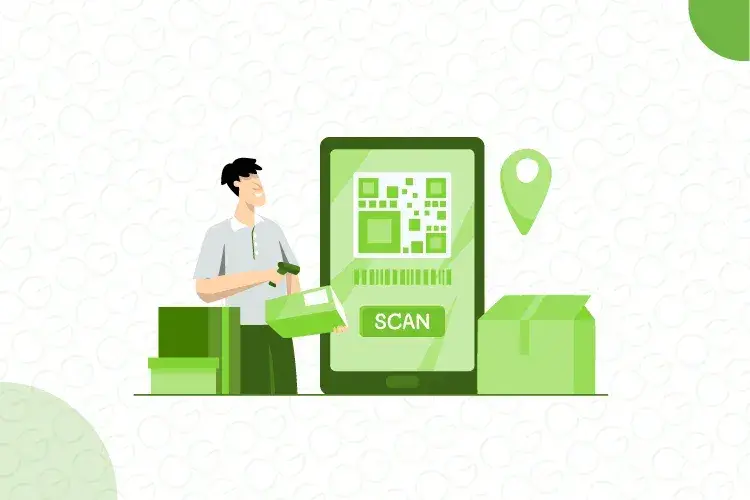All About Credit & Debit Note-GST Compliance E-Invoice or Reconciliation

In the world of GST (Goods and Services Tax), credit notes and debit notes are documents issued to adjust discrepancies in the original tax invoices, either by reducing or increasing the taxable value or tax payable.
Background
When the taxable value or tax charged in the original tax invoice exceeds the actual taxable value or tax payable, the supplier issues the recipient a credit note under the GST law.
On the other hand, when the taxable value or tax charged in the original tax invoice is less than the actual taxable value or tax payable, the recipient issues a debit note to the supplier under the GST law. It raises the supplier's tax liability.
Conditions in which a credit note under the GST may be provided:
1. Taxable value charged for the supply in the tax invoice is found to exceed the taxable value as per the agreement.
2. It turns out that the tax charged on the invoice is higher than the tax due for that particular supplier.
3. When the recipient of the products returns the items that were delivered.
4. In cases where the provided goods, services, or both prove to be inadequate.
Circumstances under which debit note can be issued under GST:
1. Taxable value charged for the supply in the tax invoice is found to be short/less value than as per agreement.
2. Tax charged in the invoice is found to reduce the tax payable in respect of such supply.
Who can issue credit note/debit note?
Original supply of goods, services, or both is made by the supplier; therefore, corrections related to the upward/downward value of supply or taxes thereon have to be issued by the supplier only.
However, for accounting purposes:
1. A credit note issued by the supplier will become a debit note for the recipient (as the account of the supplier is debited to give the effect of the credit note issued by him).
2. A debit note issued by the supplier will become a credit note (as the account of the supplier is credited to give the effect of the debit note issued by him). The effects of the GST can be given in the books of the recipient in the form of ITC.
What is the Time Limit for Issuing Credit Note?
With respect to the supply made during any financial year, a credit note should be issued no later than:
1. The 30th of November following the end of the financial year in which such supply was made, or
2. The deadline for submitting the appropriate annual report,
whichever is earlier, and the tax liability shall be adjusted (downward) by the time limit as mentioned above. For instance, the credit note relating to the invoices for FY 2023-24 can be issued up till October 2024 and reported by (any return filed till) 30 November 2024.
What is the Debit Note Issuing Time Limit?
As of now, there is no time limit for the issuance of a debit note, so a debit note for upward revision of taxable value or taxes thereon can be issued at any time either in the form of a debit note or supplementary invoice.
E-Invoice Generation for Credit Note through EaseMyGST:
In compliance with GST regulations, the generation of e-invoices is mandatory for specified categories of taxpayers. This also applies to the issuance of credit notes. Here’s how e-invoice generation for a credit note works:
1. Credit Note Invoice: The supplier must generate the credit note, ensuring that it conforms to the prescribed format and includes all necessary details such as the supplier's and recipient's GSTIN, invoice number, and date.
2. IRN Generation: This can be done either through API integration or manual excel data upload in EMG User interface. If you are a Ginesys ERP user we have direct API integration from Head Office & POS. The e-invoice system will generate an Invoice Reference Number (IRN) for the credit note. This unique identifier ensures that the credit note is authenticated and registered in the GST system.
3. QR Code: Upon successful validation and registration, a QR code containing key details of the credit note will be provided. This QR code must be included in the physical or electronic credit note issued to the recipient.
4. Transmission to GST System: The details of the e-credit note are automatically transmitted to the GST system, updating the supplier's and recipient's GST returns and ledgers.
5. Reconciliation: Both the supplier and recipient can reconcile the credit note details through the GST portal, ensuring that the adjustments in taxable value or tax liability are accurately reflected.
EaseMyGST Reconciliation of B2B & CDN with GSTR-2B Data
Reconciliation of Credit and Debit Notes (CDNs) with GSTR-2B data is crucial for ensuring the accuracy of Input Tax Credit (ITC) claims and compliance with GST regulations. Here’s how the reconciliation process works:
1. Download GSTR-2B: The taxpayer should download their GSTR-2B form from the GST portal. GSTR-2B is an auto-drafted ITC statement generated for every recipient based on the suppliers' GSTR-1, GSTR-5, and GSTR-6 filings.
2. Match CDNs with GSTR-2B: Compare the details of CDNs issued and received with the entries in the GSTR-2B. Ensure that the document numbers, GSTINs, dates, taxable values, and tax amounts match between the CDNs and the GSTR-2B entries.
3. Identify Discrepancies: Note any discrepancies such as missing entries, incorrect values, or mismatches in the data. These discrepancies may arise due to timing differences in the filing of returns, errors in data entry, or omissions by the supplier.
4. Communicate with Suppliers/Recipients: In case of discrepancies, communicate with the relevant suppliers or recipients to rectify the errors. Suppliers may need to amend their GSTR-1 filings to correct any mistakes, or issue revised CDNs if necessary.
5. Adjust ITC Claims: Based on the reconciled data, adjust the ITC claims in your GST returns. Ensure that only the accurate and verified ITC amounts are claimed, as per the reconciled GSTR-2B data.
6. Maintain Records: Keep detailed records of the reconciliation process, including correspondence with suppliers/recipients and any amendments made. This documentation is important for audit purposes and future reference.
7. Regular Reconciliation: Perform regular reconciliation of CDNs with GSTR-2B data to maintain ongoing compliance and minimise discrepancies. This practice helps in the timely identification and resolution of issues, ensuring smooth GST compliance.
By systematically reconciling CDNs with GSTR-2B data, businesses can ensure accurate ITC claims, avoid penalties for incorrect filings, and maintain compliance with GST regulations. This process enhances financial accuracy and transparency, contributing to efficient tax management.



